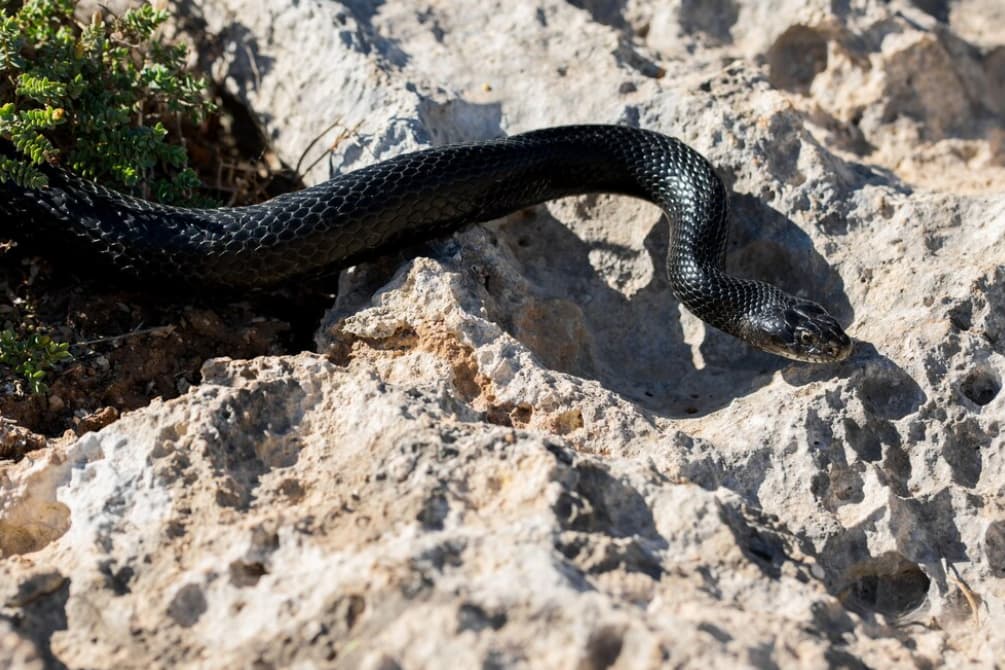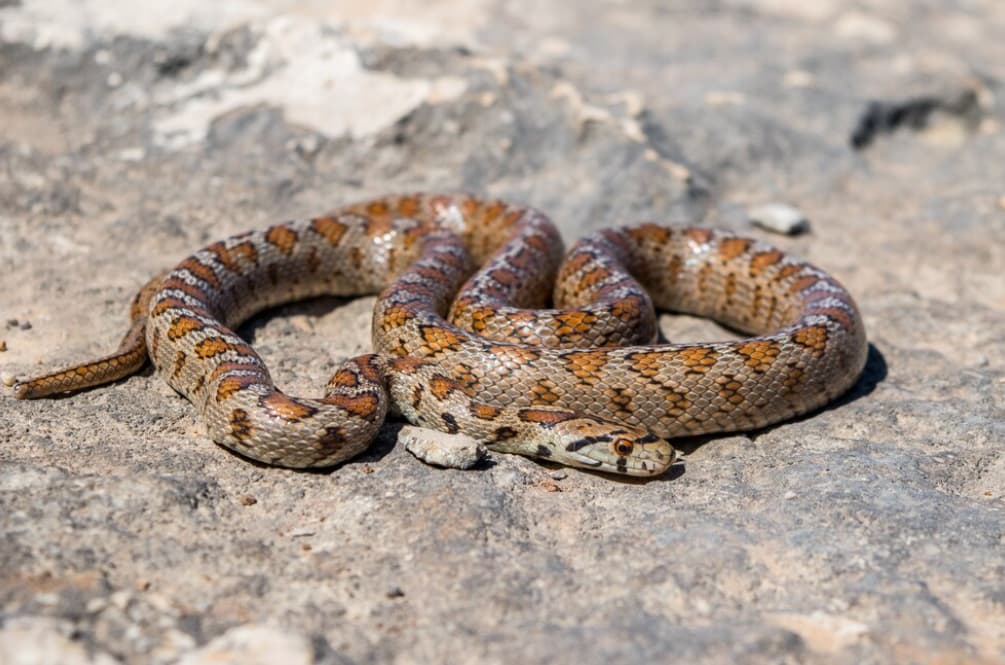The Diversity of Grand Canyon Snakes: Species and Encounters
Snakes are integral components of the Grand Canyon’s rich biodiversity. With their unique physical characteristics and fascinating behavioural patterns, they add a touch of intrigue to the canyon’s landscapes. This article aims to shed light on the various snake species that reside within the canyon’s walls, their unique traits, and several first-hand accounts of snake encounters.
As you delve into the wonders of the Grand Canyon and learn about its diverse inhabitants, such as the snakes, you may also like to read about Bill Beer’s experiences encountering these fascinating creatures.
First-Hand Snake Encounters
Imagine hiking on a sweltering August day and reaching for a water bottle, only to find a rattlesnake wrapped around it in a surprising twist. Or suppose, spotting the first Rattlesnake of the year on the Lava Falls Route, a beautiful creature, gracefully moving away from the path. The Grand Canyon ecosystem is home to numerous snake species, and hikers often come across them during their journey.
Many adventurers have shared their unusual encounters with snakes and their intriguing photographs. Some of these narratives unfold near Toroweap/Lave Falls Overlook, Nankoweap, Colorado River, and Deer Creek, among various other locations within the canyon.
Identifying Different Snake Species

The Grand Canyon is home to a diverse variety of snakes, from the harmless Gopher snake to the famed Rattlesnakes. Each species has distinct physical traits and behavioural patterns that make them unique.
The Grand Canyon Rattler, for instance, is known for its light brown colour with noticeable splotches. Gopher Snakes, although bearing a resemblance to the feared rattlesnakes in pattern, are not venomous and often mimic a rattlesnake when threatened. Similarly, various other species like the Common Kingsnake, Wandering Garter Snake, and the Desert Striped Whipsnake, each contribute to the richness of the Grand Canyon’s ecosystem.
Key Survival Tips when Encountering Snakes
It’s paramount to understand how to act around snakes to avoid any undesirable incidents. Most snake bites result from the snake feeling threatened and self-defending. Generally, snakes are retiring and tend to flee at the sight of humans. Thus, in the event of an unexpected confrontation with a snake, it’s advisable to stay calm and back away without threatening the creature.
- To avert any untoward incidents, it’s advised not to wander barefoot around the camping site, especially after dark;
- Additionally, one must exercise caution while moving rocks or reaching into potential snake hiding spots.
Understanding Snake Bites and Venom

Snake bites can be dangerous, largely owing to the venom that they inject. The venom contains two types of toxins – hemolytic toxins and neurotoxins that respectively target blood vessels and nerves. It’s crucial to understand the serious repercussions of a snake bite and the immediate medical attention it necessitates.
Managing a Snakebite
- Remain calm and measured in response to snakebites;
- Avoid aggressive first aid like cutting or using tourniquets and ice;
- Do not attempt to suck out venom with your mouth;
- Prioritize proper care and quick transportation to professional medical services.
Stay calm and collected. It’s crucial to handle snakebites with prudence rather than resorting to drastic measures such as cutting, applying tourniquets, using ice, or attempting to extract venom orally. These aggressive methods can exacerbate the injury. Instead, focus on administering proper care and ensure the affected individual is quickly transported to a healthcare center for professional treatment.
Conclusion
Snakes, though often feared, play an important role in the Grand Canyon by contributing to its biodiversity. They have unique features and behaviors that are vital to the ecosystem. It’s important for people to learn about snakes, give them space, and act in a way that doesn’t harm them to help them survive.
The variety of snake species in the Grand Canyon is important for the area’s environment. This includes both non-venomous snakes like the gopher snake and venomous ones like rattlesnakes. Each kind of snake has its own way of contributing to the canyon’s environment and biodiversity.